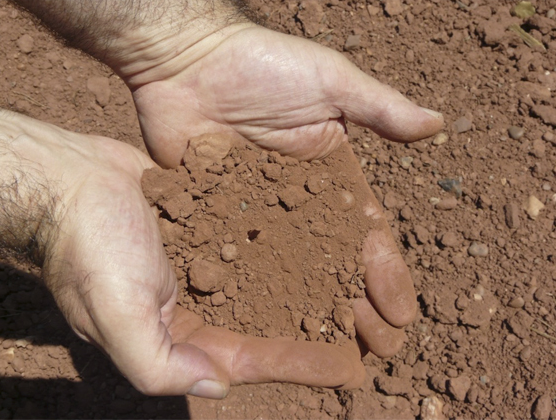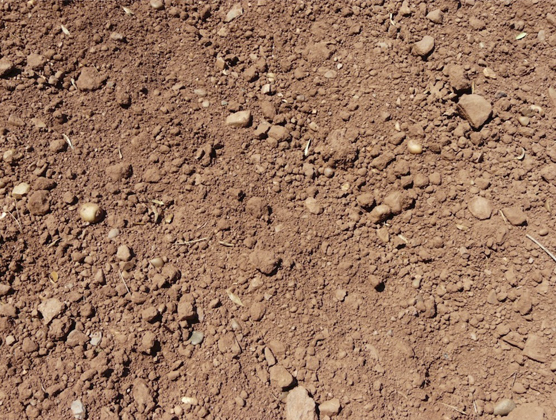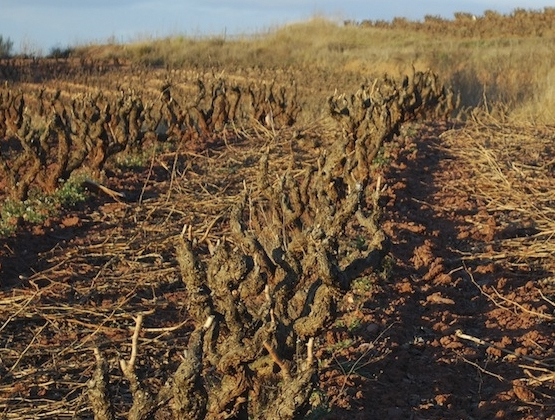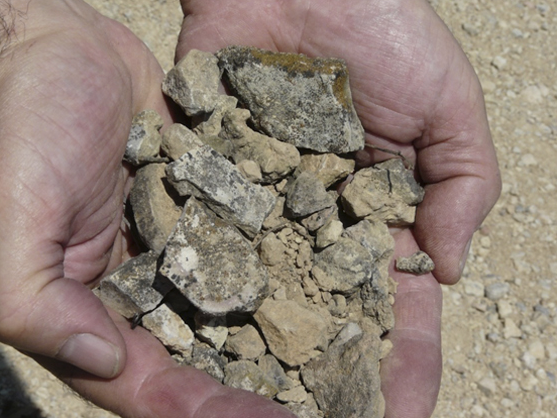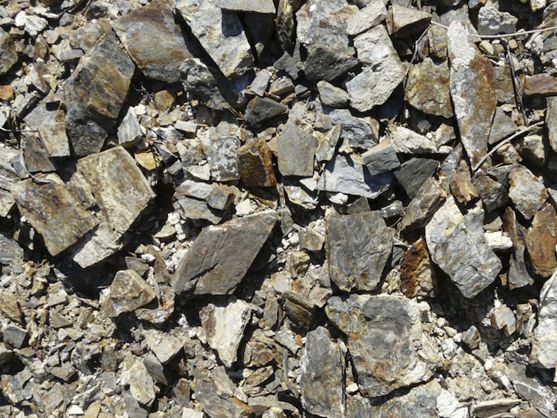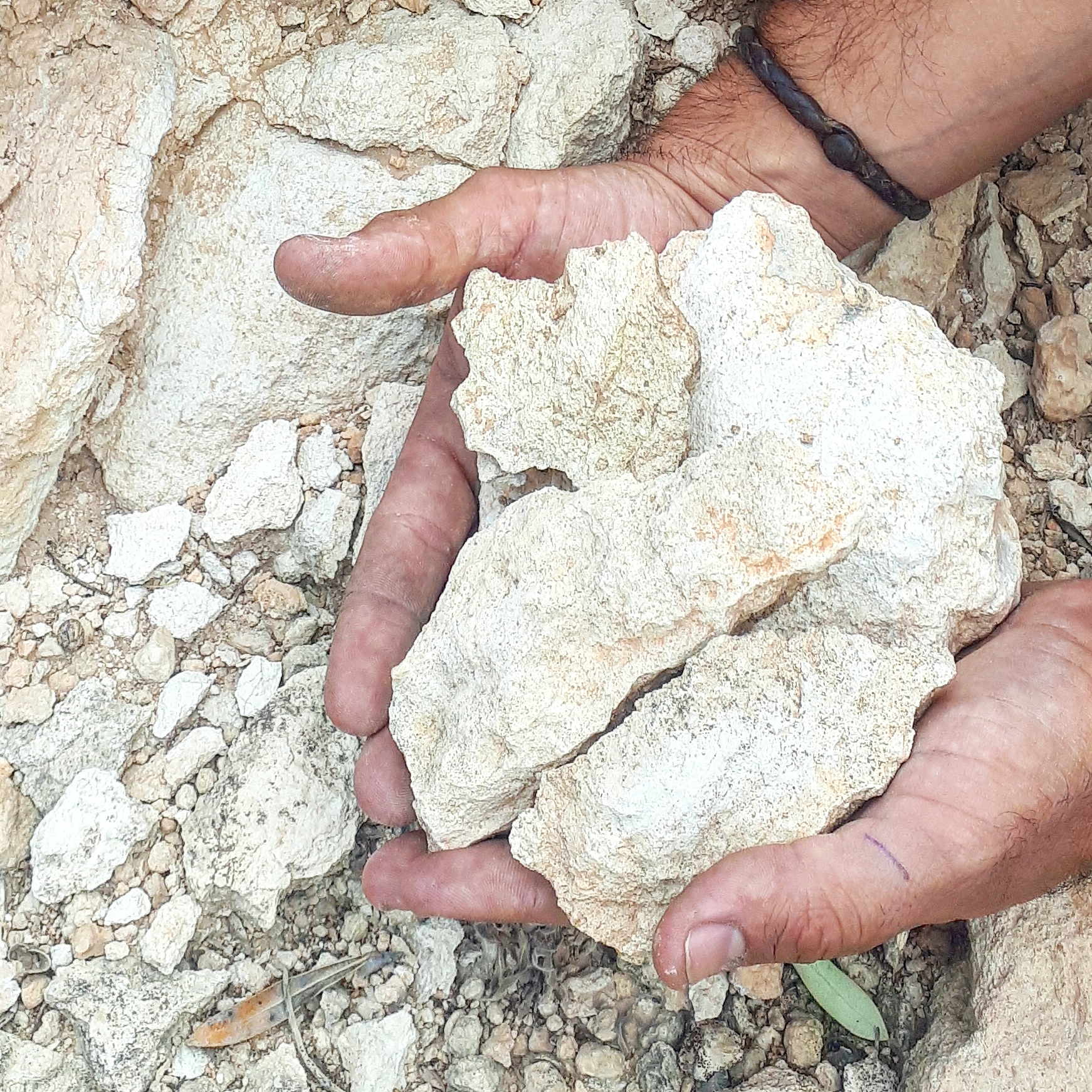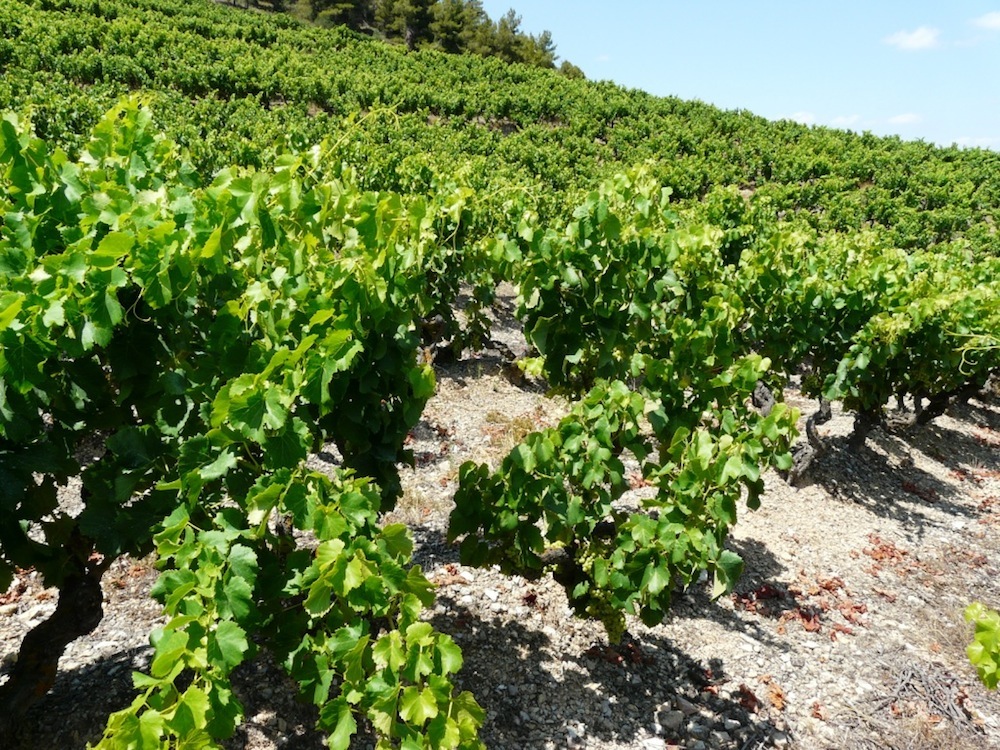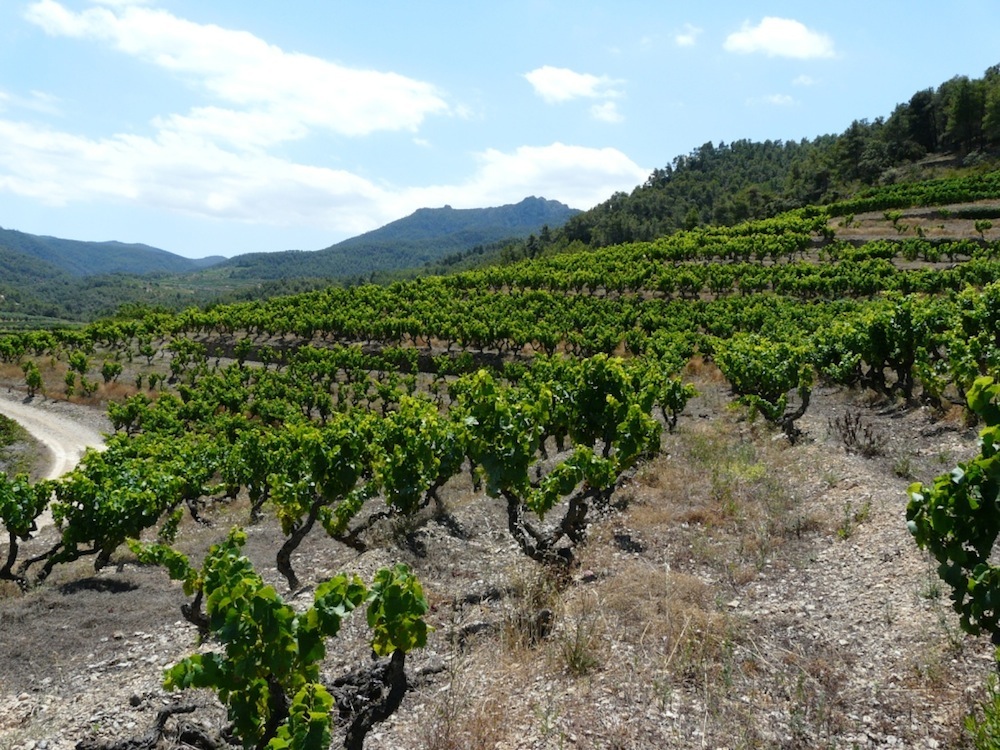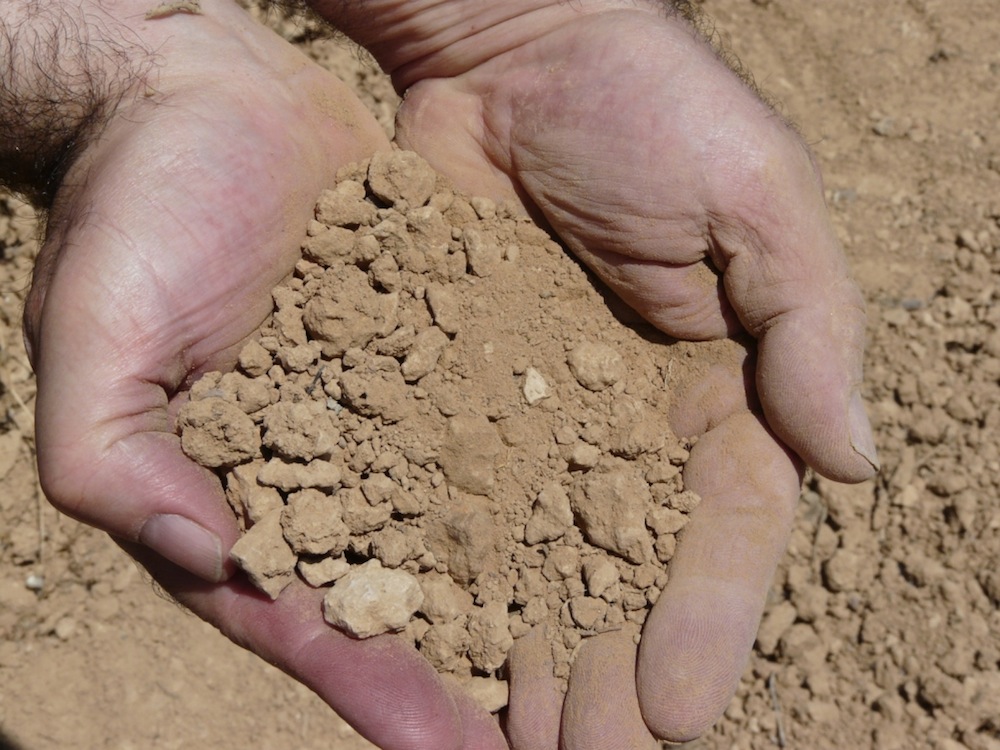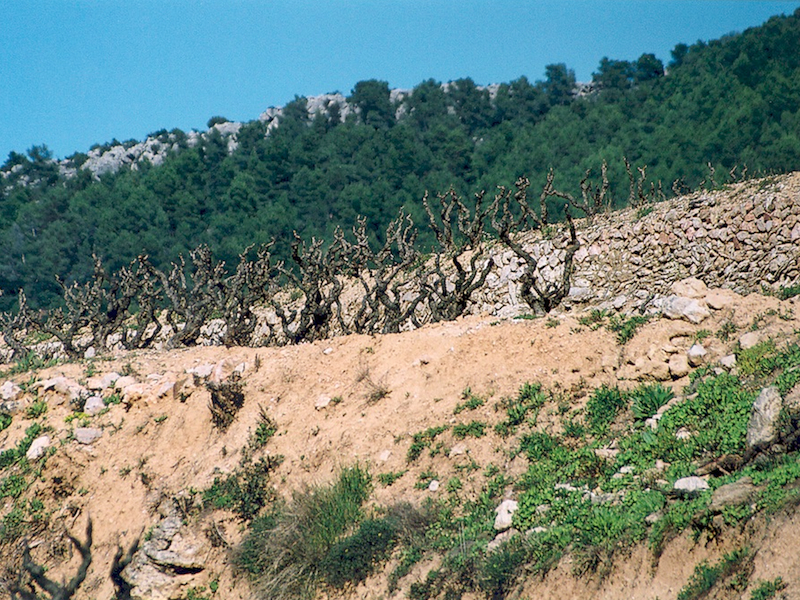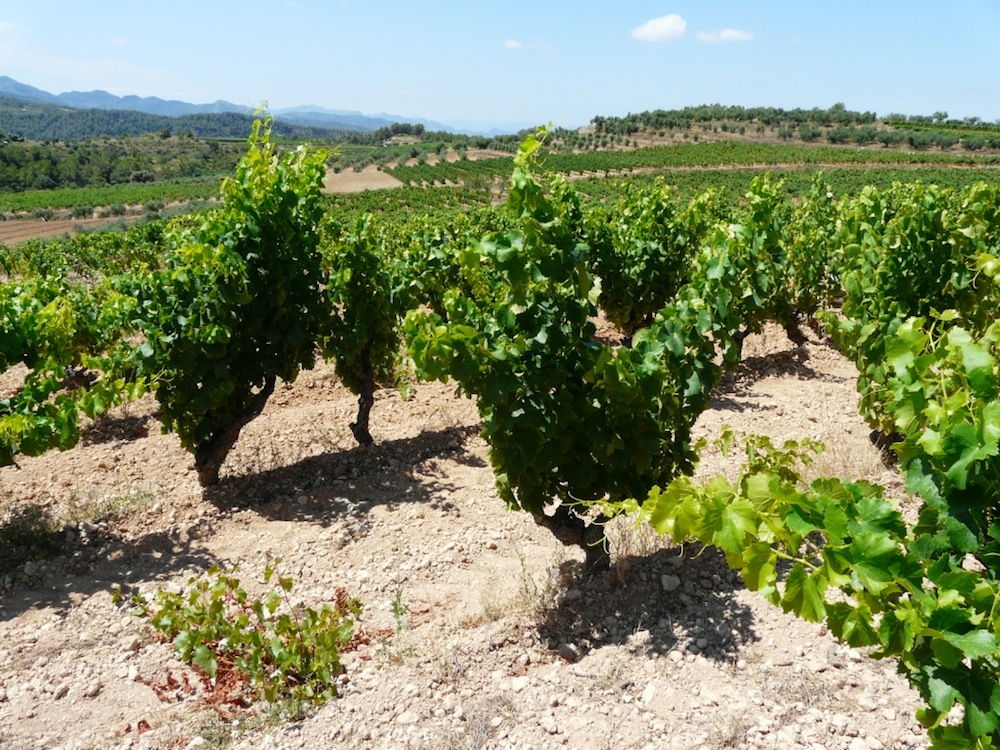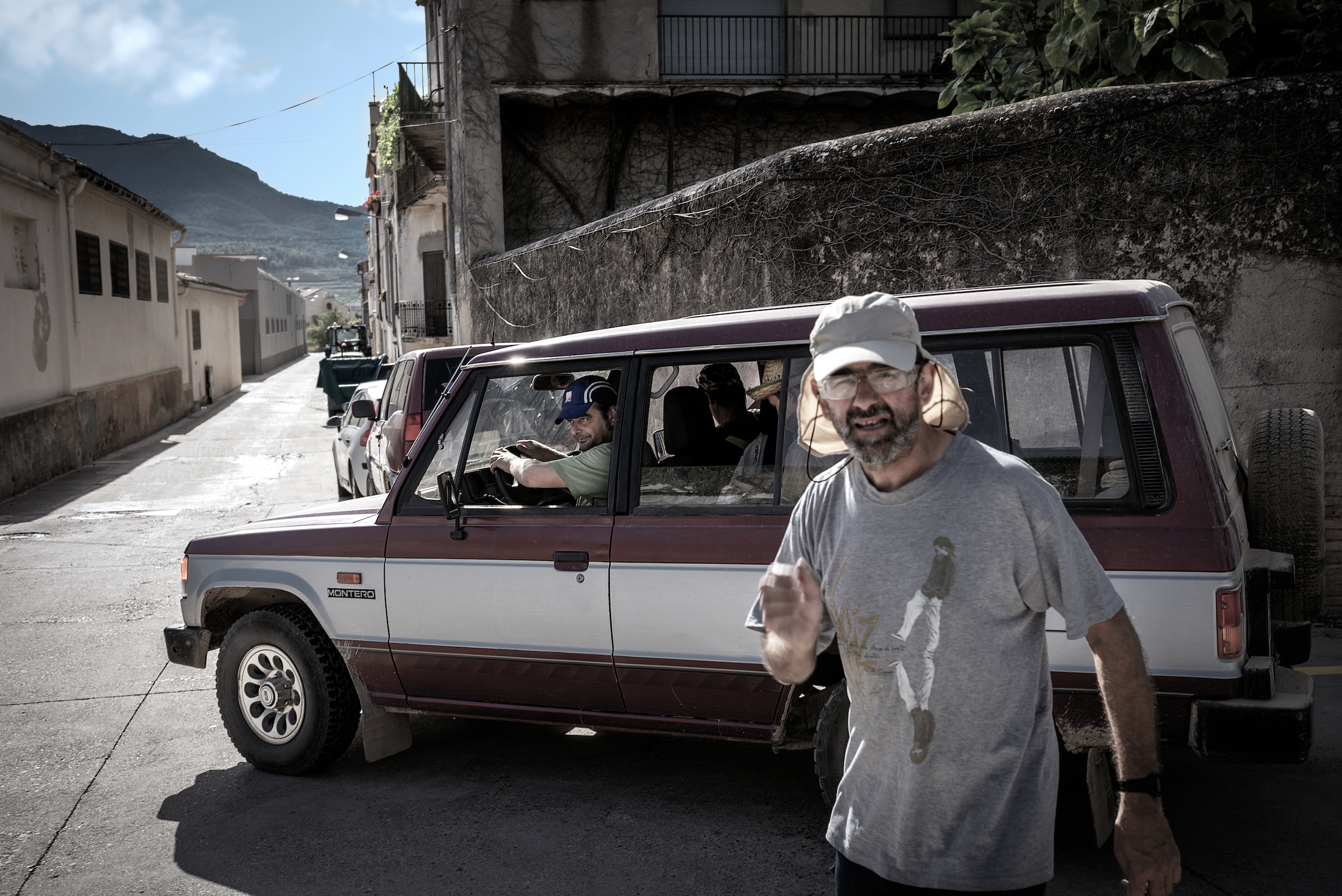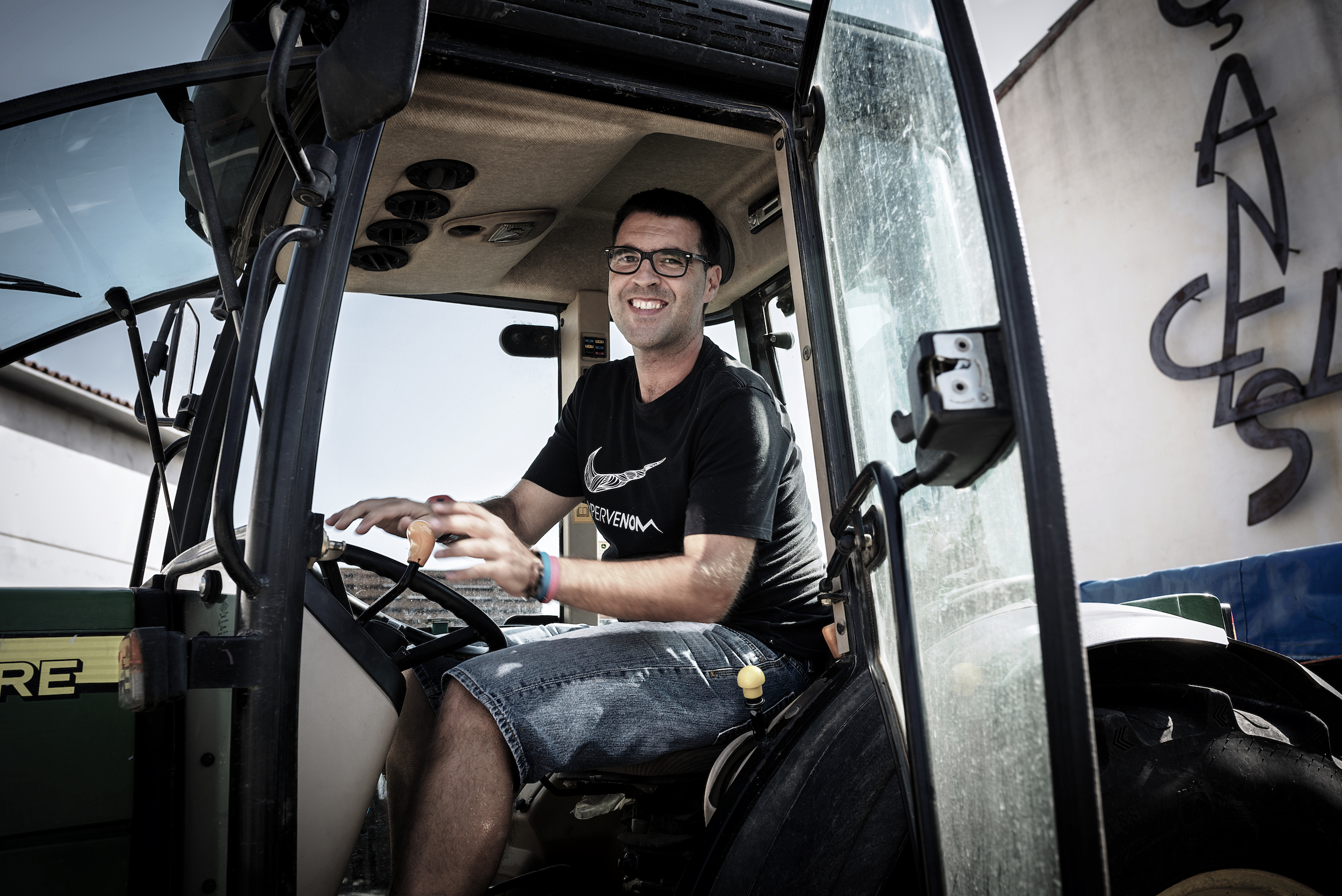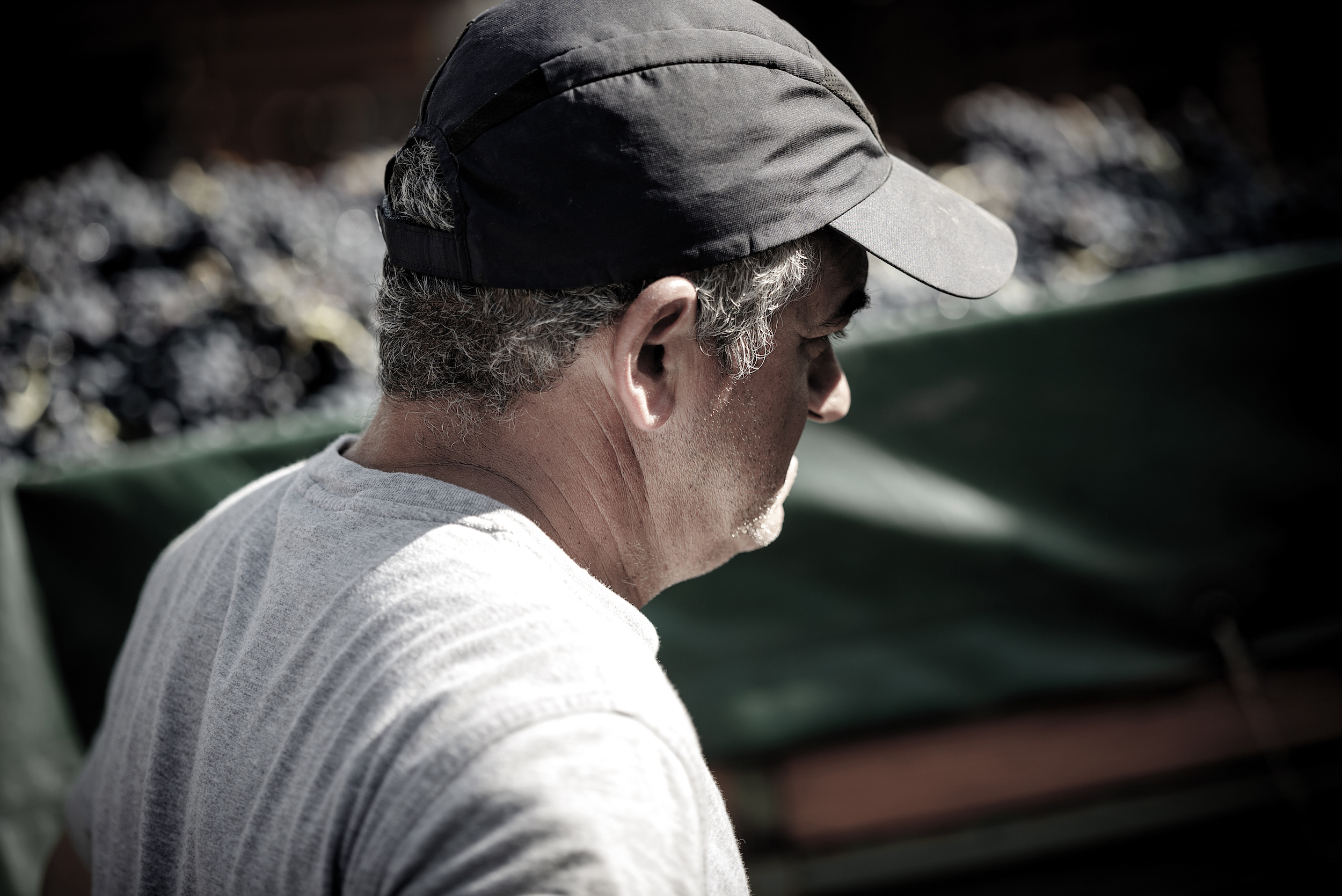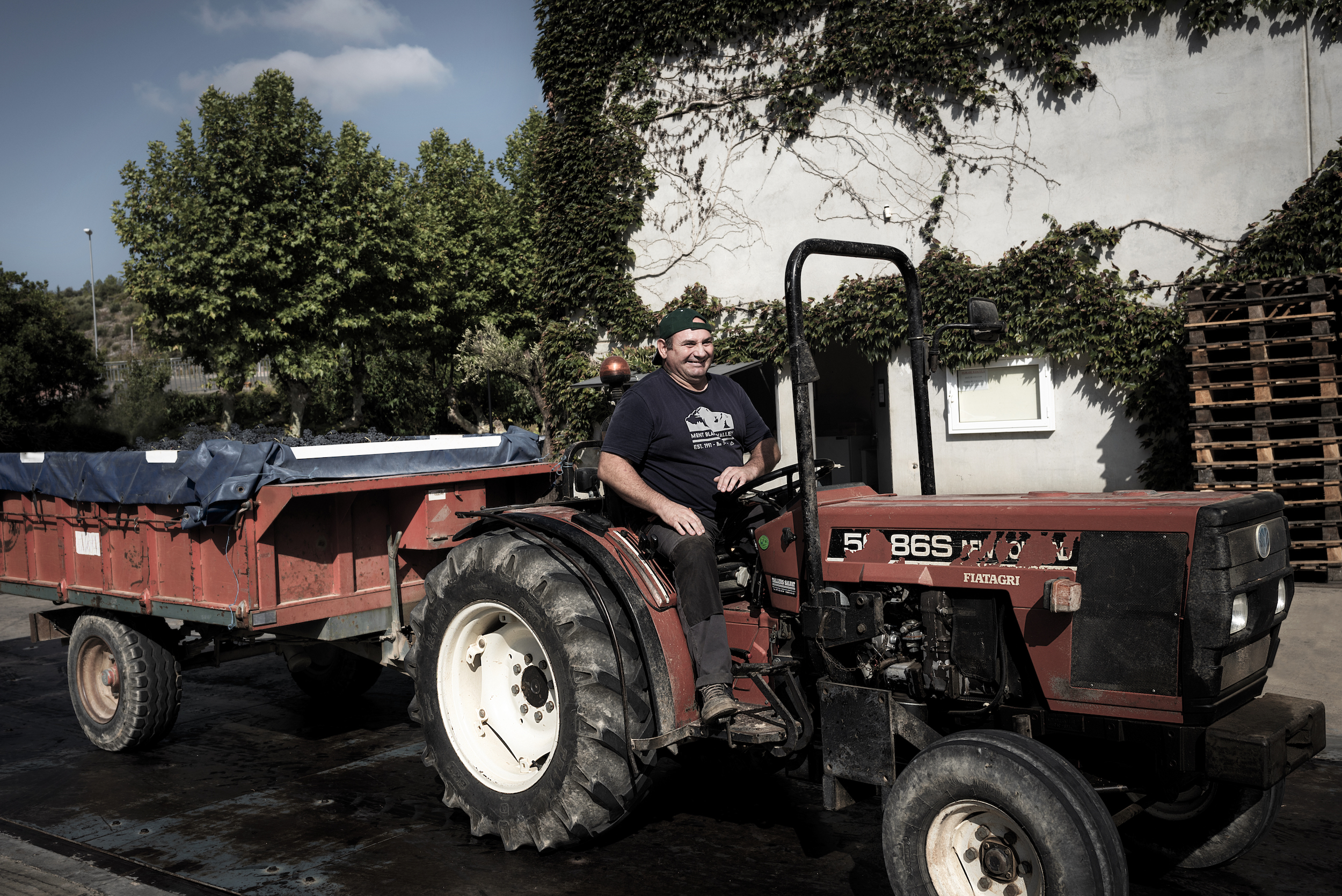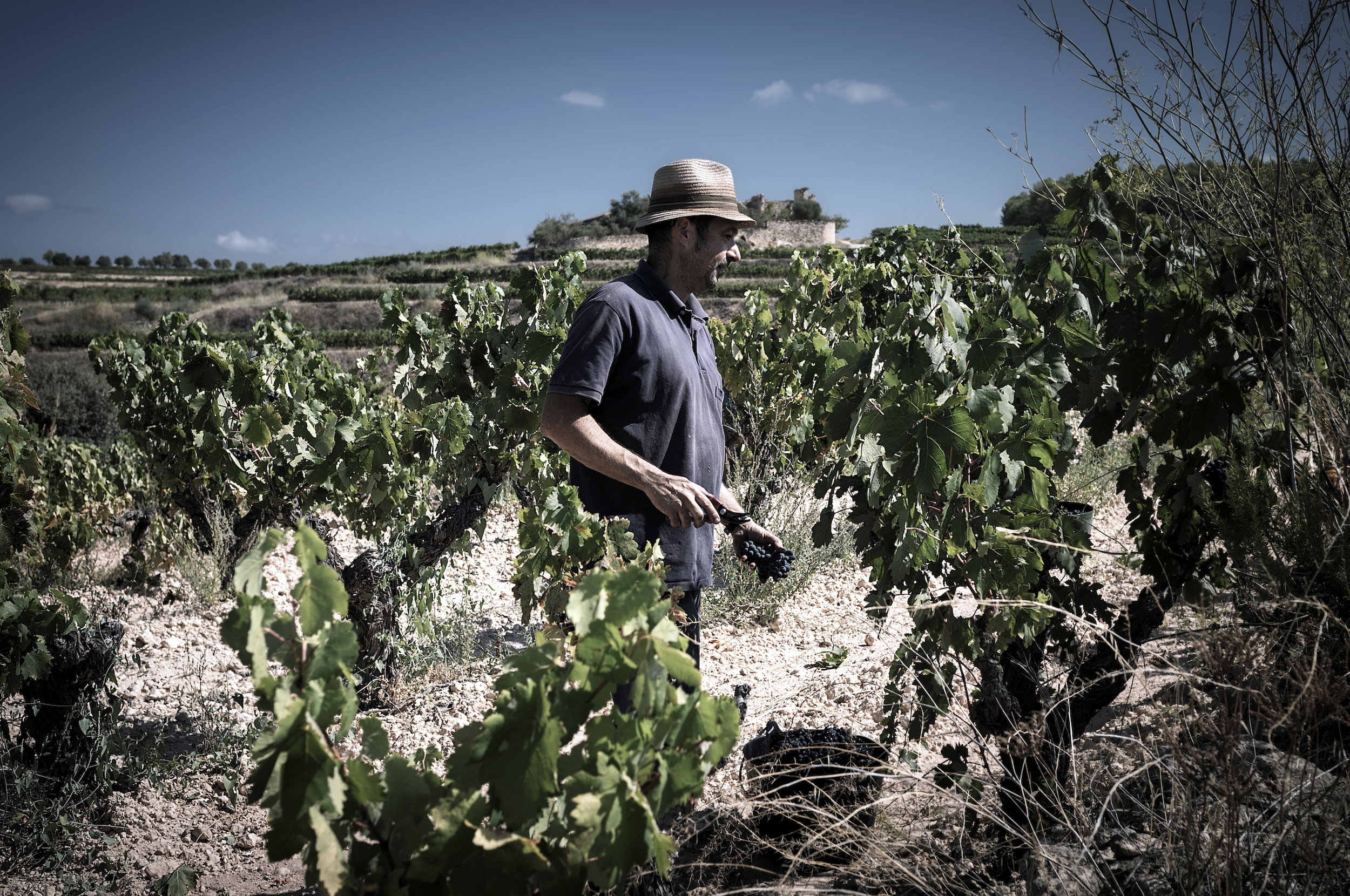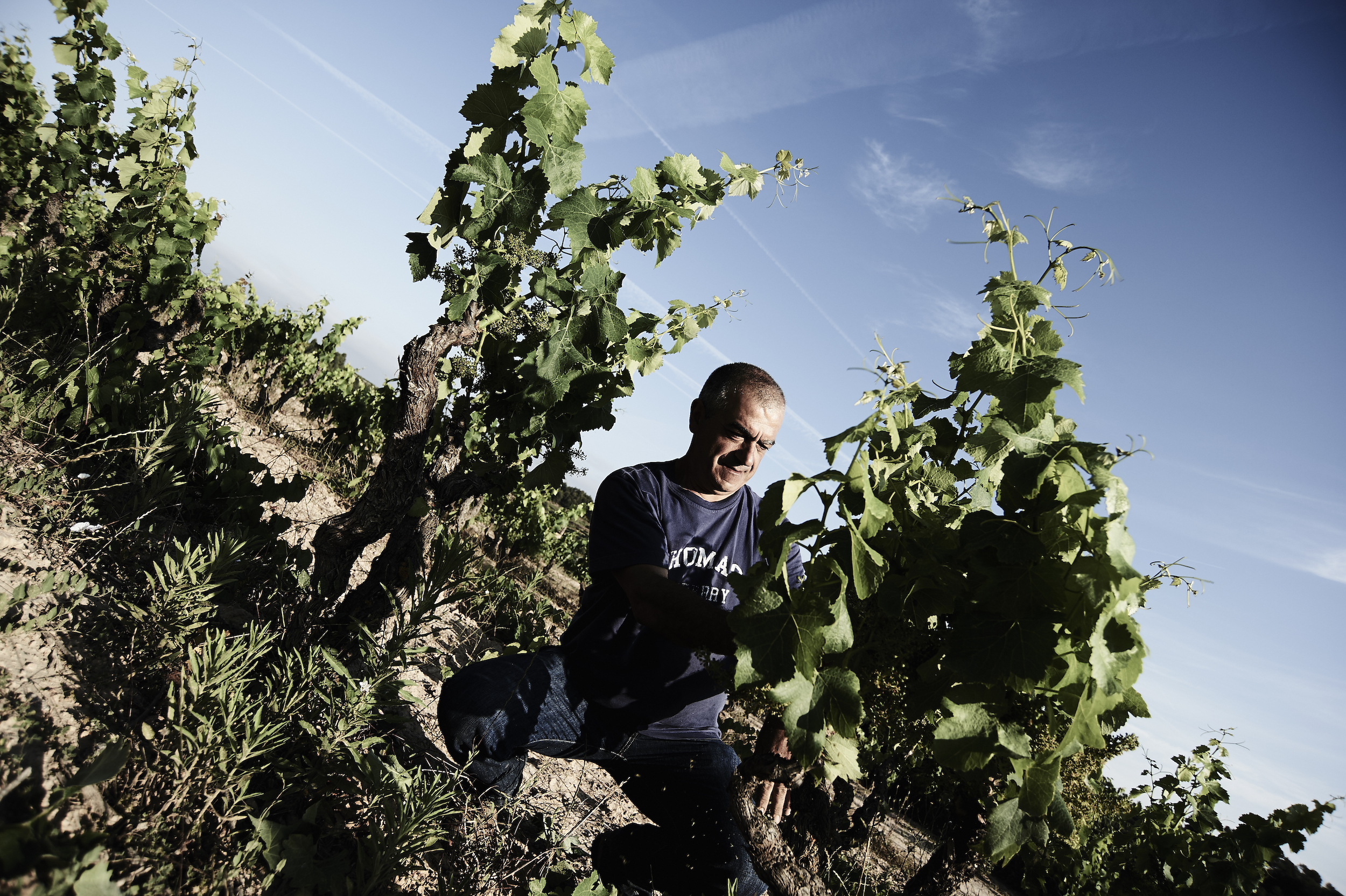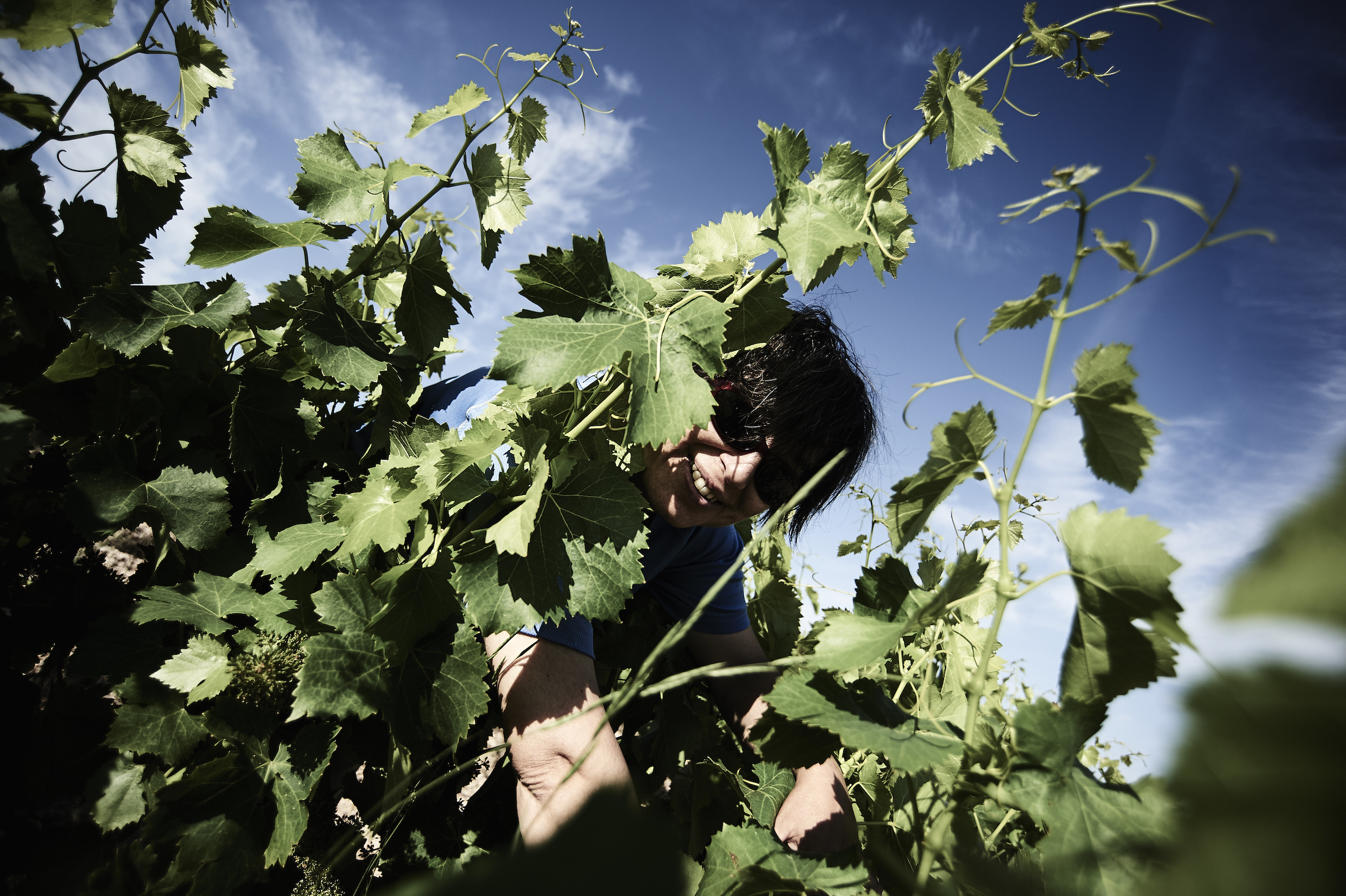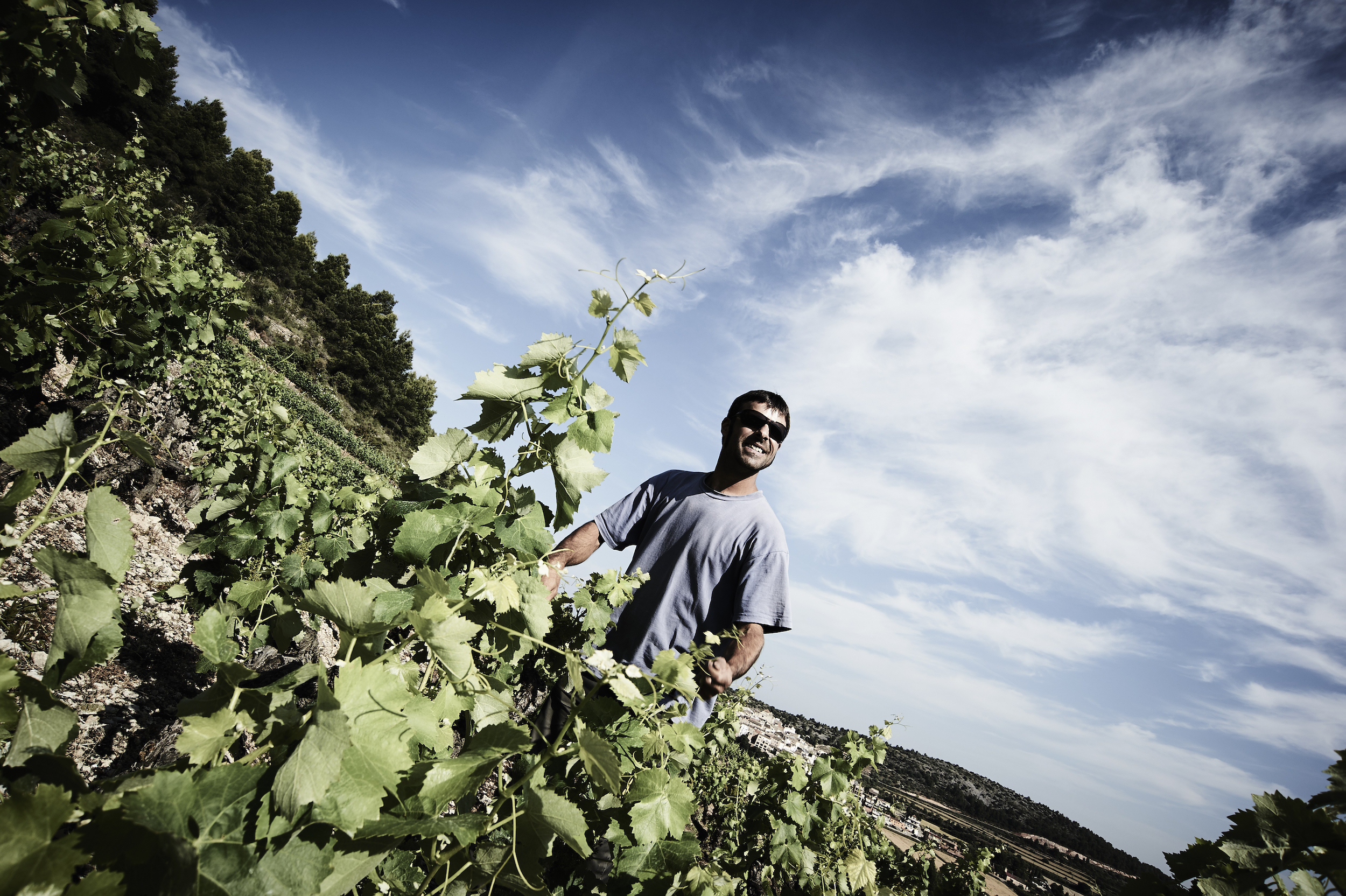Vineyards
From the oldest garnacha vines to the most delicate pinots, the varied morphology and soils of our landscape allow our vineyards to grow on a wide range of terroirs planted from flat terraces to vertical slopes.
The Vineyards
The mountain range of Llaberia rises dramatically around the village of Capçanes, providing protection for our vines planted both on steep slopes and flat terraces. Garnacha Negra and Cariñena are the two indigenous varietals we work predominantly with, produced by high altitude low yielding bush vines which can be up to 110 years old. The mineral stony Slate, Limestone and Clay soils allow our vines to develop highly concentrated fruit intensity and a unique flavour profile.
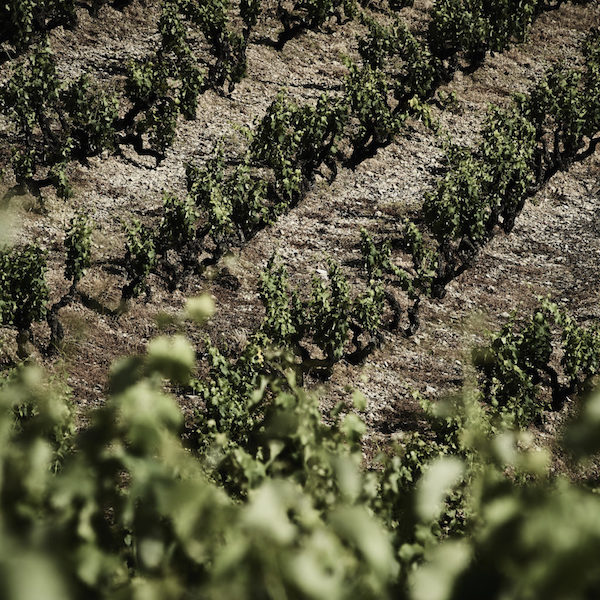

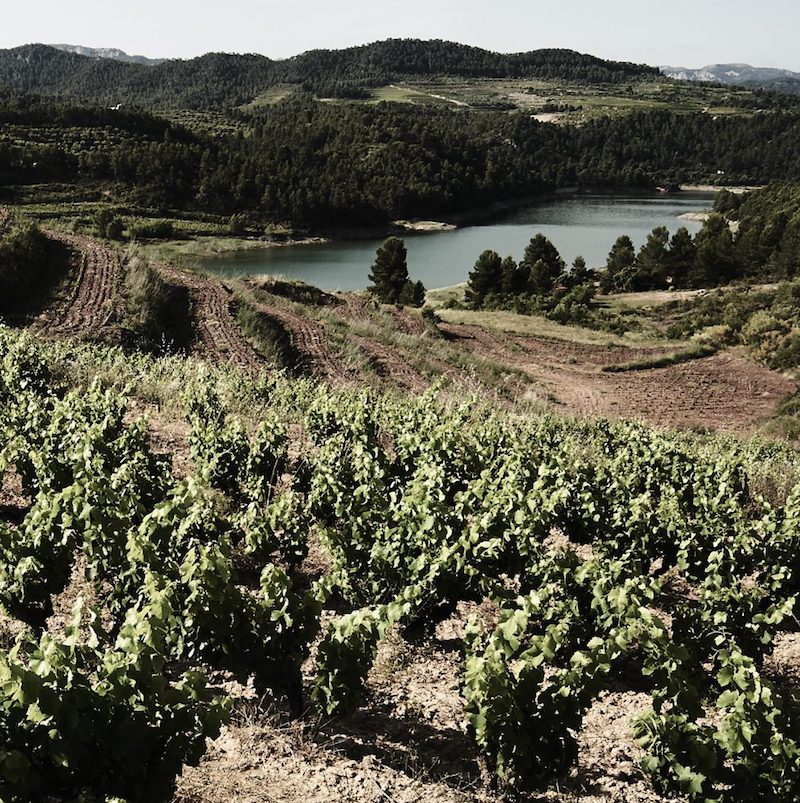
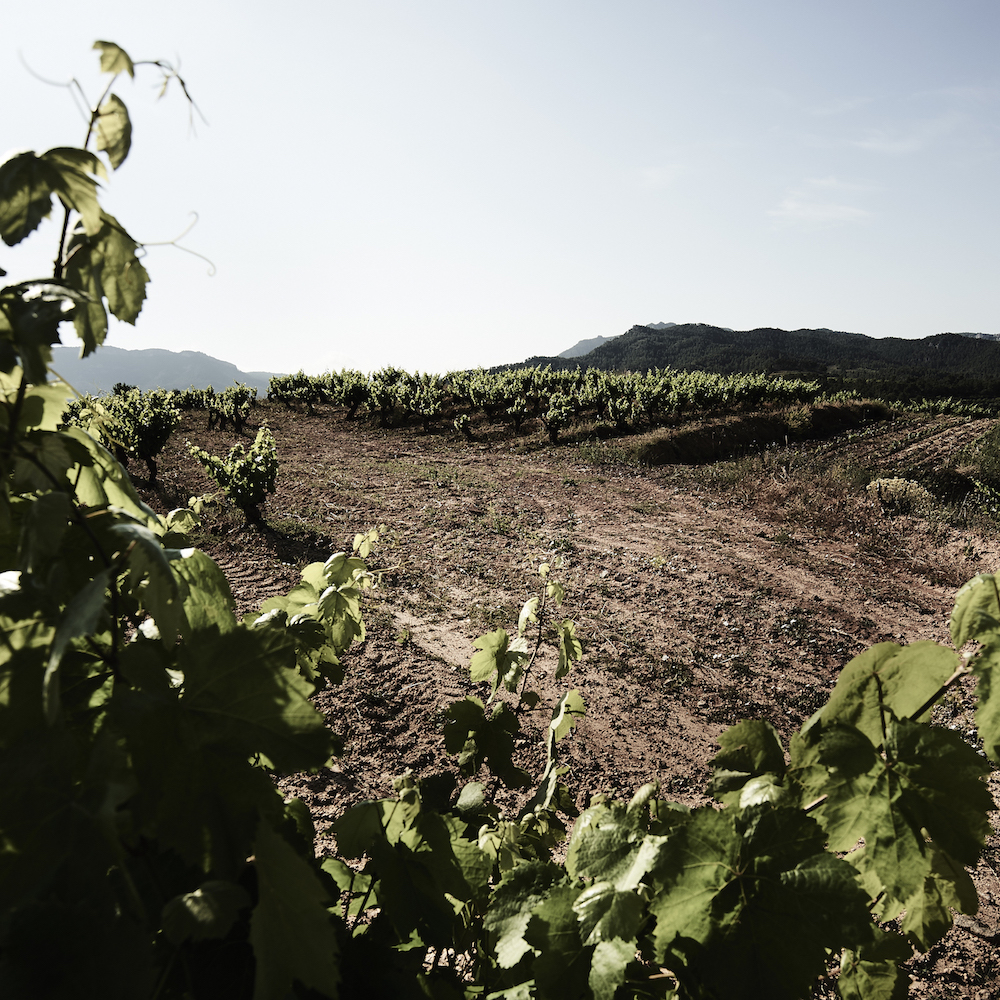
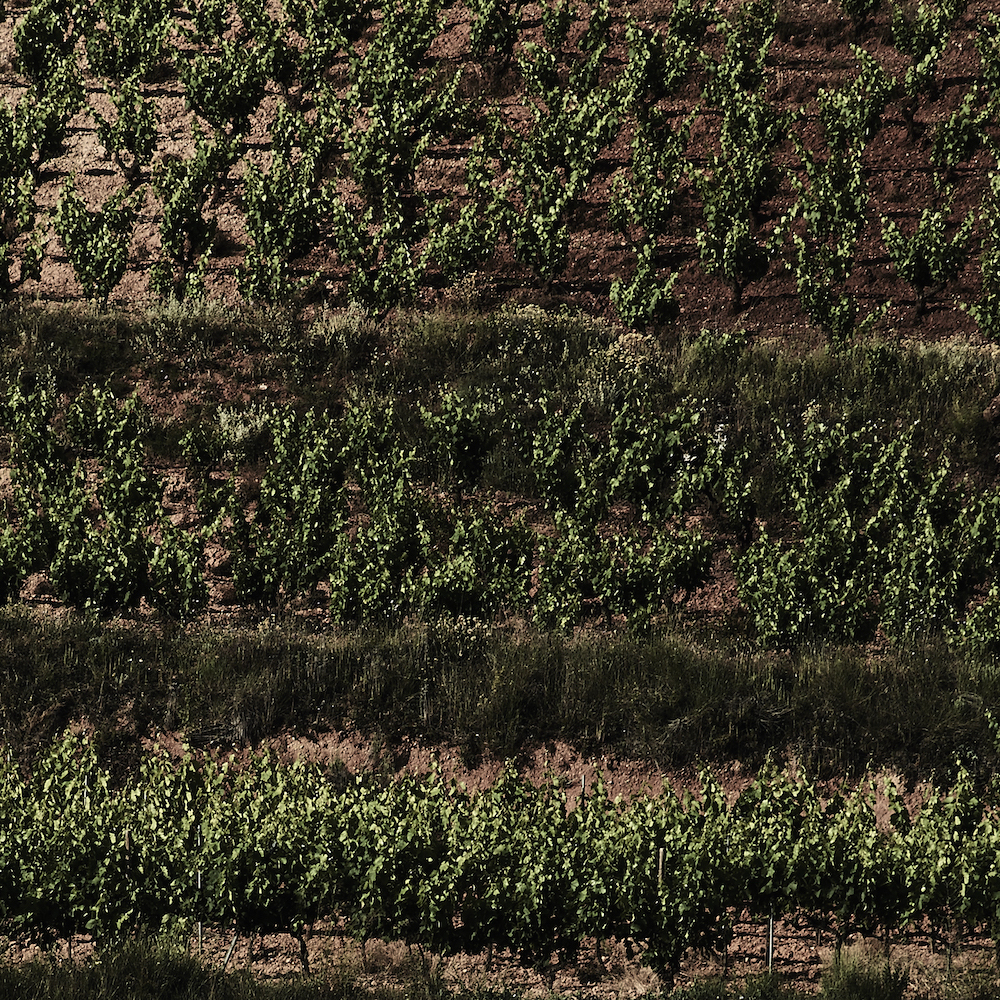
Terroir
The variety of soils available to Capçanes provide our wines with personality and character. From the freshness of limestone to the fruitiness of clay, the mineral character of slate and the vigour provided by sandy soils; The wide range of soils and the verticality of our vineyards provide complexity and depth to our wines.
Clay
Produces wild wines with an edge… The sedimentation of clays in ancient lake basins provide compact red clay soils with low oxygen, where the suffering vines are forced to find the pathways created by the filtering of rainwater.
Slate
Rich and highly mineralized wines… Geothermal heating and pressure of sedimentary rock at depth and tectonic movement creates a metamorphic rock which laminates and is in contact with the vine roots.
Limestone
Fresh and subtle wines… the cracks in the fragmented rock create pathways for the roots of the vines to follow in search of water. Rainwater washes off rapidly and is not retained following the rain. As a result, the roots go very deep (8 to 12 metres) in search of compact soil.
Sand
Easy wines to drink and understand. Wind erosion forms a sandy beach like terrain… The sand allows roots to go deep with ease, finding calcium rich soils.


